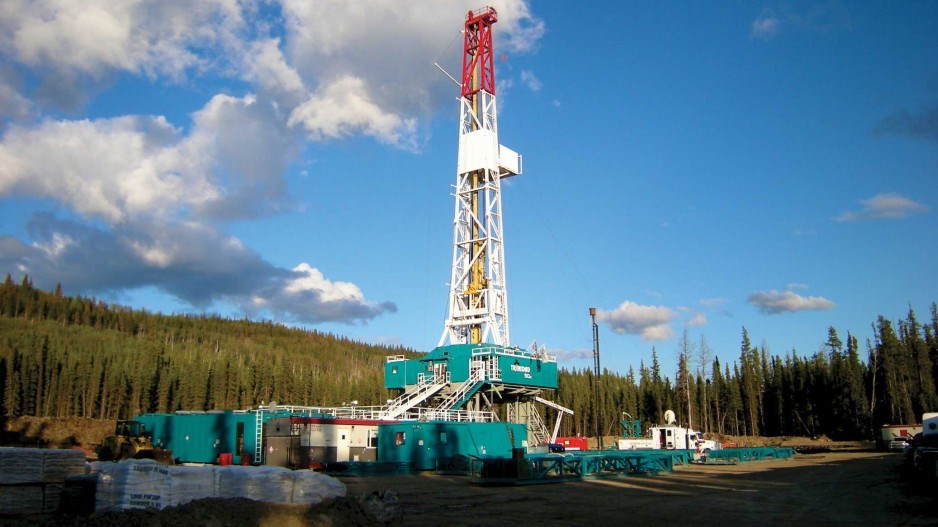Should a liquefied natural gas (LNG) industry take off in the province, the amount of hydraulic fracturing in northeastern B.C. will need to increase, which means the concerns associated with fracking would also grow.
A total of 23,000 natural gas wells have been drilled in B.C., according to the BC Oil and Gas Commission. The commission projects another 2,100 would need to be drilled in 2019 and another 1,100 by 2025 to supply an LNG industry.
Apart from the physical footprint and habitat loss that represents, critics fear increased fracking in B.C. would increase the risk of water pollution, induced seismic events (mini-earthquakes) and greenhouse gas emissions, the most troublesome being methane leaks.
But a growing body of evidence maintains some of those concerns are unwarranted.
Last year, the Fraser Institute published a report based on nine major scientific studies that had been done on fracking-related concerns. It concluded the risks were low.
Since then, several other major studies – notably by the U.S. Environmental Protection Agency (EPA) and Yale University – have been published, so last week the Fraser Institute published an updated report.
“What we concluded was that the risks of hydraulic fracturing, while they are real, they are manageable with current technologies and regulatory structures and industry best practices,” said Ken Green, the Fraser Institute’s director of natural resource studies.
Between 25,000 and 30,000 new fracking wells were drilled annually in the U.S. between 2011 and 2014; much of it was in relatively densely populated states, such as Pennsylvania, where the potential for fracking to affect drinking water supplies is highest. It’s also thoroughly studied.
In August, the EPA released a study that identified the major concerns with respect to the effects of fracking on water, including large volumes withdrawn during droughts; above-ground hydraulic fracturing fluid spills; below-ground migration of liquids and gases into groundwater; and improper storage and/or treatment of waste water.
Water mixed with sand and chemicals is typically used to fracture subsurface rocks in a typical fracking operation. The concern is that gases or chemicals in the fracking fluid might seep up from fracked wells into drinking-water wells.
The EPA found contamination in a small number of drinking-water wells.
“The number of identified cases, however, was small compared to the number of hydraulically fractured wells,” the EPA report states.
What little contamination was found was likely the result of above-ground contamination from fracking fluid spills, not from the seepage of gas or fracking fluids upwards into water supplies, the EPA said. A recent Yale University study came to similar conclusions.
Most hydraulic fracturing occurs at great depths – a mile or more – so the likelihood that hydrocarbons or other chemicals could migrate up into near-surface aquifers is small. One potential contamination source, however, is leakage from old or improperly sealed well bores that pass through or near aquifers.
The Yale study tested 64 water samples over three years from wells in the Marcellus Shale formation in Pennsylvania and concluded there was no evidence that the low levels of organic compounds found in drinking water came from fractured shale.
A number of scientific studies acknowledge that natural gas and LNG could be important “bridge fuels” as the world moves away from coal power and toward eventual total decarbonization.
According to one British study, moving from coal to natural gas could decrease carbon dioxide 63%.
But there’s one serious problem with fracking: methane. Though it does not last nearly as long in the atmosphere as CO2, it is a far worse contributor to the greenhouse effect.
When gas wells are fracked, leaks or “fugitive” emissions of methane occur. The question for the energy industry, and for scientists, is whether the reductions of CO2 that would occur because of the change from coal to gas would be negated by fugitive methane emissions.
In a recent study, the Council of Canadian Academies cited estimates that upstream methane emissions could be cut by as much as 30% through new technologies.




